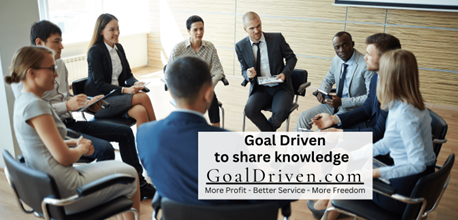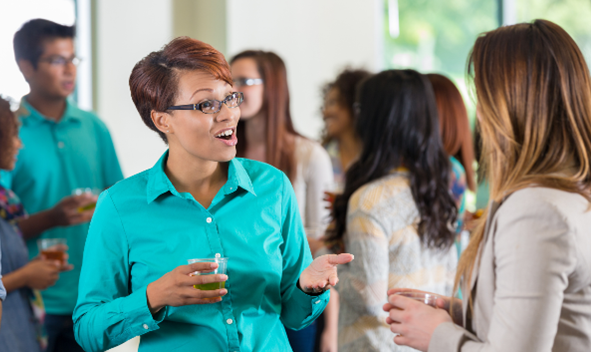
How and Why to Develop Your Chiropractic and Healthcare Pediatric Practice
Anyone who does anything to help a child in his life is a hero! – Fred Rogers
Last week I talked about the importance of caring for our children’s health.
Not only is it needed like never before, but the evidence is clear: chiropractic helps kids. For example, one study in 2019 of 2001 mothers showed that 82% reported definite improvement of their infants, and 95% reported feeling that the care was
cost-effective. *
The evidence is out there, and even more, so is the personal testimony of so many grateful parents.
But in addition, promoting better health for children in a chiropractic or independent healthcare practice can create positive effects on generating new patients and retaining existing ones.
Regardless of the demographics or niche of your practice, including care for kids can enhance your practice and attract new patients.
Here are some suggestions on how and why to do so:
1. Family-centered care. Emphasizing pediatric care creates a family-friendly image for your practice. Parents are more likely to choose a healthcare provider who can address the health needs of their entire family, including children.
2. Community engagement. Engaging with the local community through educational workshops, seminars, or events focused on children’s health can position your practice as a community leader. This involvement helps raise awareness about your services and can attract families seeking comprehensive healthcare.
3. Word of mouth referrals. Happy and satisfied parents are likely to recommend your practice to other families. Positive word-of-mouth referrals from parents who appreciate your focus on children’s health can improve new patient acquisition.
4. Specialized services for children. Offering specialized services or programs tailored for children’s health needs can set your practice apart. This could include services for issues such as:
o Posture
o Sports injuries
o Musculoskeletal development
o And other concerns, such as earaches, bedwetting and issues from toddler tumbles!
5. Educational Content. Share educational content on your website, social media, or through newsletters that focus on children’s health and wellness. Most people just don’t know how effective chiropractic can be for children. By providing valuable information, testimonials, and case studies, you position your practice as an authoritative source and can attract parents seeking reliable healthcare information for their children.
6. Collaborate with schools, daycares, and mother’s groups. Partnering with local schools, daycares, or community organizations to provide health screenings, workshops, or informational sessions for parents can create valuable connections and increase visibility in the community.
You might consider tying a kid’s promotion with a monthly observe or holiday. Each promotion could include a posture check or a free screening. For example:
- February 7th is National Girls and Women in Sports Day. Provide a special screening for girls in sports, or a workshop from a local athletic coach and yourself.
- March 17 is St Patrick’s Day. This is a great time to have a Leprechaun Appreciation Day. Bring the kids in for a screening and provide contests.
- April is Foot Health Month. For those of you that provide orthotics, you can have a foot scan.
- May. May is National Correct Posture Month. Offer posture screenings for the entire family.
There are many possibilities, and these are just a few. Work with your team and have your marketing assistant put together a plan for this spring.
And if you don’t have a marketing assistant or manager, you should! Please contact me and I can give you some ideas on how to develop this essential position.
Carpe Deum,
Ed
References:
*Maternal Report of Outcomes of Chiropractic Care for Infants: https://www.sciencedirect.com/science/article/abs/pii/S0161475418301453
Pediatric and Prenatal Chiropractic Research
https://icpa4kids.com/research/
https://nationaltoday.com/national-girls-and-women-sports-day/

 How to support the health of our children
How to support the health of our children





















